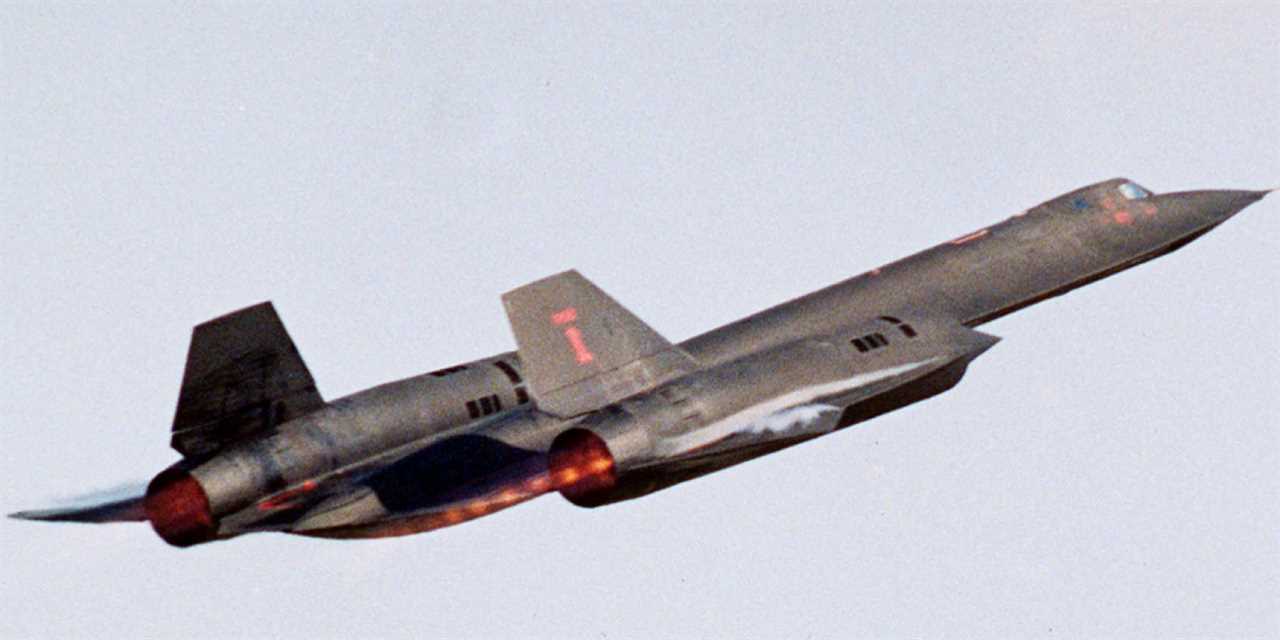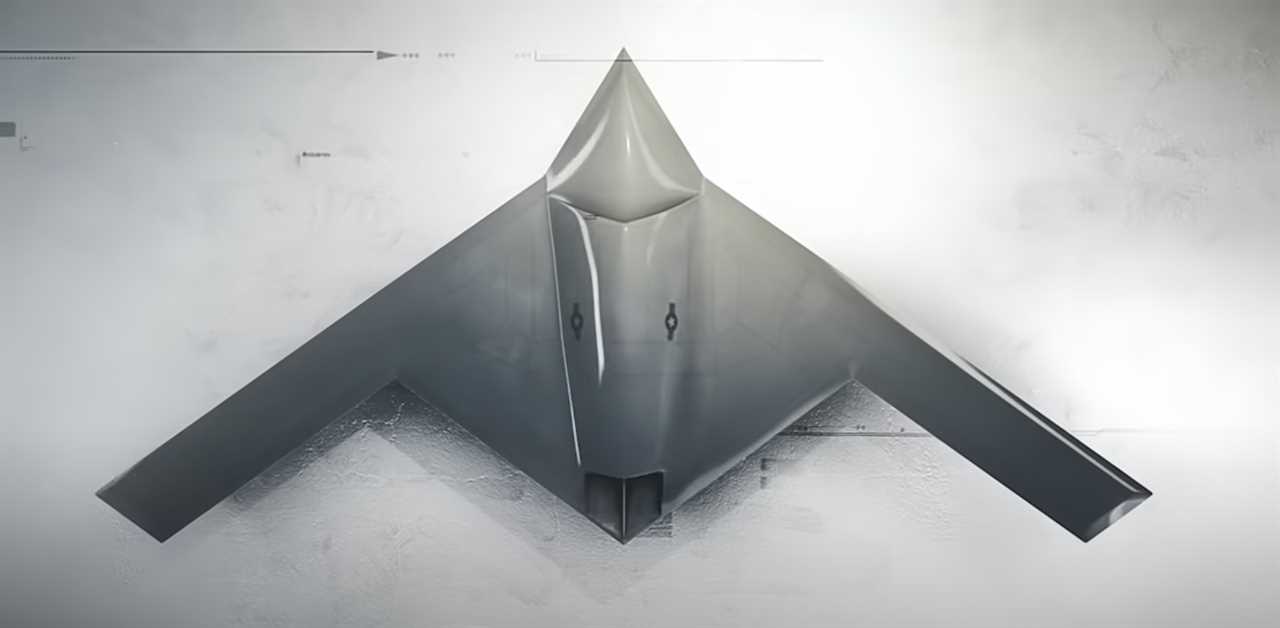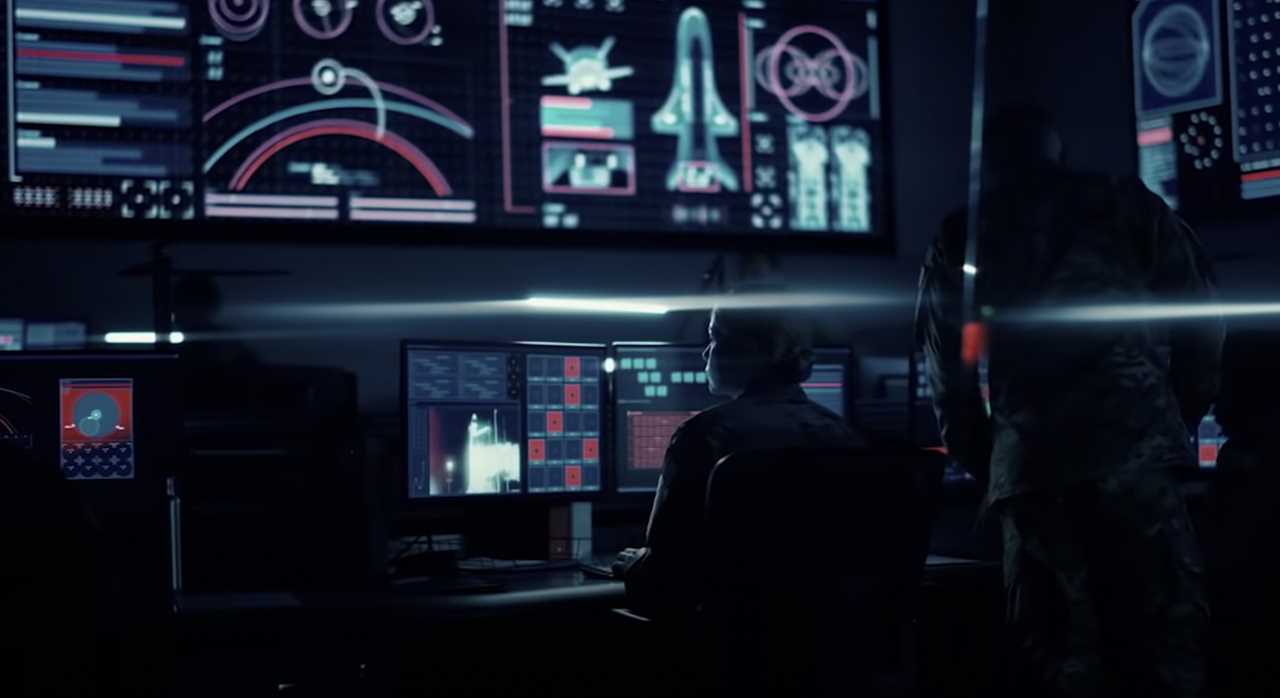
An SR-71.AP Photo/Itsuo Inouye
-
A promotional video for the US Air Force that was released this month features several interesting projects.
-
Two secretive spy planes are shown in the video: the SR-72, and the RQ-180.
The US Air Force Profession of Arms Center of Excellence published a video on Youtube, November 8, 2021. It is entitled "Heritage Today-ISR and Innovation". This video gives a fresh look at some of America's most secretive ISR (Intelligence Surveillance Reconnaissance), projects.
This short clip gives an overview of the ISR mission's evolution since its inception. After showing a RQ-4 Global Hawk flying, the video focuses its attention on a stealthy, flying-wing drone whose planform is similar to those published on the Aviation Week & Space Technology front cover in 2013.
The following comment introduces the planform image: "The days before balloons and biplanes are over." Given that the RQ-180 is sometimes called the "Great White Bat", or sometimes the "Shikaka," which is a fictional sacred white bat from 1995's "Ace Ventura 2", the appearance of the cranked-kite design clearly refers to the new clandestine spy robot.
It's important to note that the shape of drone in USAF video doesn't match the one of unmanned aircraft. This is a RQ-180. They were spotted above California and the Philippines earlier this month.
We are not likely to be shown the RQ-180 in its entirety, but something that is somewhat similar, in preparation for an official unveiling.

The cranked-kite planform that alludes to the RQ-180 White Bat in a screenshot from a US Air Force video.US Air Force/Profession of Arms Center of Excellence
The "White Bat" video isn't the only interesting cameo or easter egg.
The most interesting is at 2:34. This is when the video cuts to a dark image of a stealthy and sleek aircraft in a hangar which appears to be identical to that of the SR-71 successor. It's also unofficially dubbed "Son of Blackbird," or the Lockheed SR-72.
The SR-72 unmanned hypersonic intelligence surveillance, reconnaissance, strike platform and radar platform is designed for Mach 6. There are rumors of sightings and a date for the first flight, which could be in 2025.
The USAF clip shows the aircraft in a different form than the real one. However, it is worth noting that it is one of very few references to the new aircraft made by the service since the program was announced.
For the record, the SR-72 is featured on a poster that was issued by the Air Force in 2017 to commemorate the 70th anniversary. You can find it here. The shape looks almost identical to the mystery aircraft in the most recent video.
The video shows, interestingly, the outline of the secretive X-37B spaceplane. It also displays what appears to be a command centre.

A silhouette of the X-37B can be seen on a screen in a sort of command-and-control center for the spaceplane.US Air Force/Profession of Arms Center of Excellence
The Aviationist has written a lot in the past about the X-37B. Below is an excerpt that outlines some key facts and theories about the X-37B's missions.
The X-37B was originally developed by the Air Force as a NASA test project in 1999. It was then acquired by the US Department of Defense (DoD) in 2004. Two operational X-37B spacecraft are listed by most sources, and one X-37A. It is difficult to photograph them because they are not all available, their missions and roles remain classified, and they operate in space. This is especially true when they are performing active missions like Vandebergh's photos.
We don't know much about the current roles of the X-37Bs, and the single X-37A. The X-37Bs appear to be in "operational testing" with the USAF, while the X-37Bs are reportedly still being used for defense advanced research projects agency (DARPA), and NASA spacecraft with a similar secretive role.
Although the public domain lists the X-37B as a "test" vehicle, the X-37B is listed as a "test" vehicle. However, the X-37B was able to fly unusually long distance space flights during testing.
Three theories have prevailed [about the types of missions that the X-37B carries out so far]:
First, the X-37B could be a space-based weapon platform. The spacecraft is predeployed in orbit equipped with some weaponized reentry vehicle, which could be released over or close to a target. It could also be used to deliver weapons in defense of commercial space assets, such as the GPS satellite constellation. Most analysts have disproved this theory.
The second, and most likely, possibility is that the spacecraft could be a platform to gather intelligence. This could include signals intelligence, such as the activities of civilian and military surveillance satellites and communications satellites. This theory is the most plausible, as there are approximately 2,271 satellites orbiting the earth at different altitudes and performing a variety of functions. It could also be ground mapping radar or other surveillance mediums. The X-37B's large interior payload bay, which is roughly the same size as a Cessna Caravan's, can be interchangeable. This means that the spacecraft may be "mission adaptive", which could allow it to be reconfigured for different types of surveillance. The fact that this mission was so lengthy suggests that the X-37B could have been able to transmit intelligence from space back to earth. This is beyond the capabilities of satellites and other space-based surveillance platforms.
Lastly, and perhaps most importantly, the X-37B is still a research project. It could be used as a testbed for servicing satellites in space and deploying new packages into orbit. This theory is unlikely due to the cost and security of the program, as well as the operational security. DARPA, the Defense Advanced Research Projects Agency (a shadowy U.S. government agency based in Arlington, Virginia), is responsible for a large portion of X-37B operations.
 Make Money OnlineForexInvestingBitcoinVideosFinancePrivacy PolicyTerms And Conditions
Make Money OnlineForexInvestingBitcoinVideosFinancePrivacy PolicyTerms And Conditions
